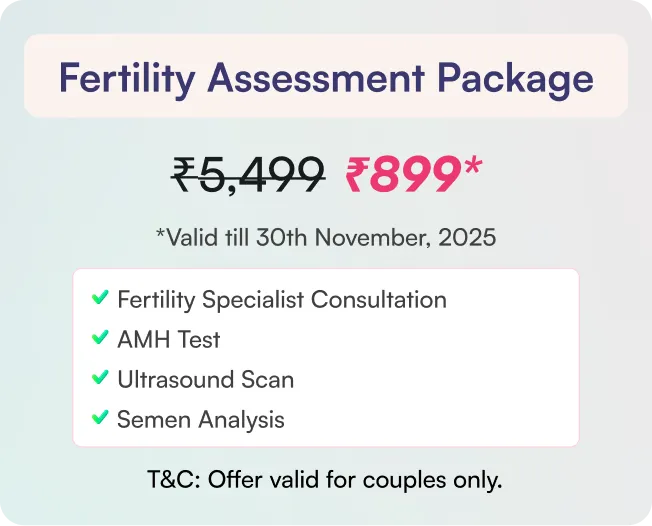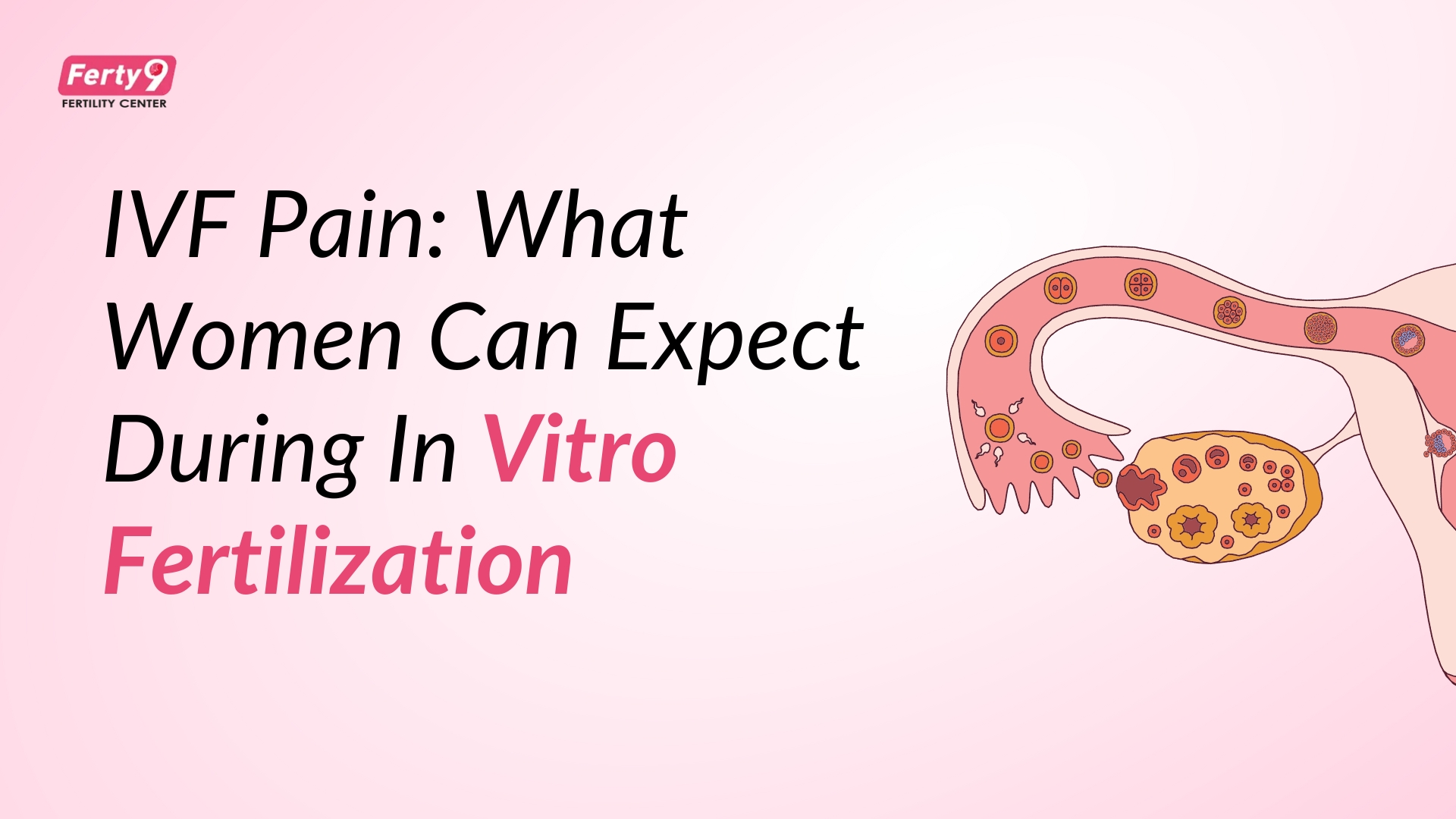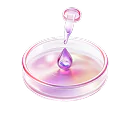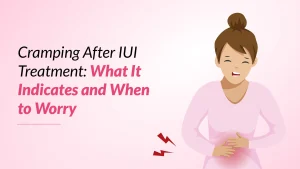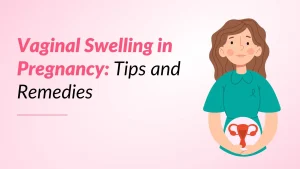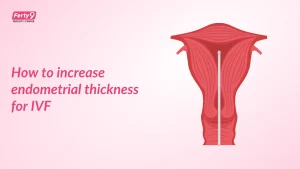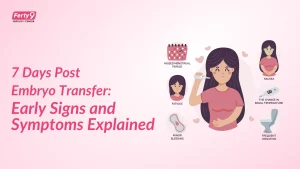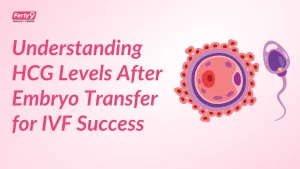IVF (In Vitro Fertilization) has several stages. Injections are mainly needed during ovarian stimulation and for the trigger shot. Some women may need injections for support after embryo transfer.
Let us discuss the stages involving injections
- Ovarian Stimulation: This stage usually requires daily hormone injections. You’ll get shots of Follicle-Stimulating Hormone (FSH), Luteinizing Hormone (LH), or both. These injections stimulate the ovaries to develop multiple mature follicles (containing eggs) and take about 8 to 14 days. The exact time varies based on the response.
- Trigger Shot: When the follicles are the right size, you get one shot. This shot is either human chorionic gonadotropin (hCG) or a GnRH agonist. This “trigger shot” matures the eggs and prepares them for retrieval. Timing for this injection is important. It typically occurs around 36 hours before the egg retrieval.
- Embryo transfer: After egg retrieval and embryo transfer, some women might need progesterone injections. You can receive these in two ways: intramuscularly (in the muscle) or subcutaneously (under the skin). Both methods help support the uterine lining and early pregnancy.
Should a woman fear pain during IVF?
It’s natural to be concerned about pain during any medical procedure, including IVF. Most women find IVF discomfort to be manageable and temporary. Here’s a closer look at the potential for pain in each stage involving injections:
- Ovarian Stimulation Injections: The needles for subcutaneous injections are usually small and thin. Most women describe the sensation as a brief sting or prick, similar to an insulin injection. Some may experience mild soreness, bruising, or swelling at the injection site. Switching up injection sites, such as your abdomen or thigh, can lessen side effects. Ice packs can also help reduce any discomfort.
- Trigger Shot: This is usually one injection. It feels similar to the stimulation injections.
- Embryo transfer injections: Intramuscular progesterone injections can be a bit painful. The thick oil-based medication and muscle injection can hurt a bit, but the pain doesn’t last long. On the other hand, subcutaneous injections tend to less pain.
Other potentially uncomfortable stages of IVF
- Egg Retrieval: This procedure uses sedation or anesthesia. You won’t feel any pain during the retrieval. Some women might feel mild to moderate cramping, bloating, or spotting afterward. You can often manage these symptoms with over-the-counter pain relievers and some rest.
- Embryo Transfer: This procedure is typically painless for most women. It’s similar to a Pap smear. You may feel some pressure or slight discomfort when the catheter is inserted.
Ways to minimize discomfort during IVF
- Ice or Heat: Applying an ice pack to the injection site before and after can numb the area and reduce swelling. A warm compress can sometimes soothe soreness.
- Over-the-Counter Pain Relief: For post-retrieval cramping, your doctor may recommend over-the-counter pain relievers like acetaminophen or ibuprofen.
- Talk to Your Clinic: If you feel strong pain or discomfort at any time, reach out to your fertility clinic. They can offer advice and support.
Advancements in techniques to minimize pain or discomfort
IVF techniques are constantly improving. These advancements aim to improve success rates and reduce discomfort for women during the procedure. Here are some key advancements aimed at minimizing discomfort:
1. Improved Injection Techniques and Medications
- Smaller Needles: The needles for subcutaneous hormone injections are now finer and shorter. This results in less pain at the injection site.
- Water-Based Medications: Many hormone medications are now water-based. These are usually less irritating than oil-based ones.
- Prefilled syringes and auto-injectors make it easier to give injections. Auto-injectors can also make the process quicker and easier.
- GnRH-related medicines: These medicines help stop premature ovulation. They typically need a shorter stimulation protocol. Also, they usually have fewer side effects compared to long GnRH agonist protocols.
2. Pain Management During Egg Retrieval
- Lighter Anesthesia and Sedation: Egg retrieval needs anesthesia. But, doctors often use light sedation or short-acting anesthetics. This helps lessen drowsiness and nausea after the procedure.
- Local Anesthesia: For some women, using local anesthesia with mild sedation is a good choice.
- Managing Pain After Retrieval: Doctors provide easy steps for pain relief after egg retrieval. They often recommend using over-the-counter pain relievers and taking time to rest.
3. Minimally Invasive Embryo Transfer
- Soft and Flexible Catheters: Embryo transfer catheters are very soft and flexible. This design reduces discomfort when passing through the cervix.
- Ultrasound Guidance: Using ultrasound in real time helps place the embryo accurately in the uterus. This lowers discomfort during the process.
4. Strategies to Reduce Overall Stress and Anxiety
- Clear Information and Support: Giving detailed info about each IVF stage can ease anxiety and fear. Counseling services and support by fertility experts offer emotional support throughout the process.
- Relaxation Techniques: Deep breathing and meditation can help women reduce stress and feel better.
- Comfortable Clinic Environment: Doctors are working to create a calm and welcoming atmosphere. This helps make patients feel more at ease.
These advancements aim to reduce discomfort, but everyone’s experience can vary. Open communication with your fertility expert is important. Express any concerns about pain or discomfort. They can adapt their methods to help you feel more comfortable during your IVF journey. They can offer tips for controlling pain and help with any concerns you might have.
Conclusion:
While IVF treatment does involve injections and some potential for discomfort, it is generally not considered an extremely painful process. Most women manage the temporary discomfort well with the support of their clinic and self-care strategies. The potential reward of achieving pregnancy often outweighs the temporary physical challenges.

